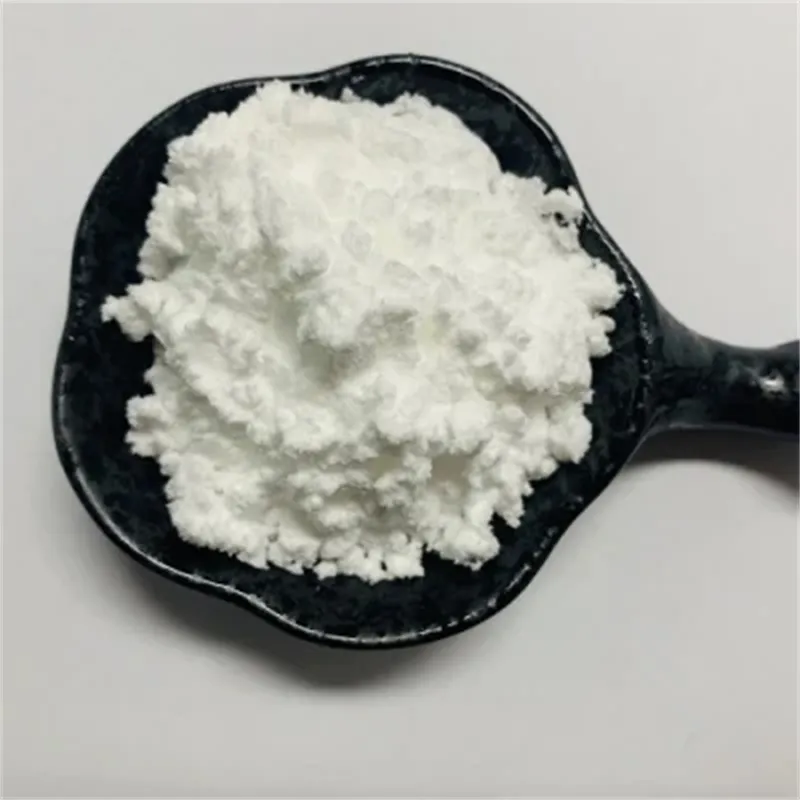Warning: Undefined array key "title" in /home/www/wwwroot/HTML/www.exportstart.com/wp-content/themes/1198/header.php on line 6
Warning: Undefined array key "file" in /home/www/wwwroot/HTML/www.exportstart.com/wp-content/themes/1198/header.php on line 7
Warning: Undefined array key "title" in /home/www/wwwroot/HTML/www.exportstart.com/wp-content/themes/1198/header.php on line 7
Warning: Undefined array key "title" in /home/www/wwwroot/HTML/www.exportstart.com/wp-content/themes/1198/header.php on line 7
- Afrikaans
- Albanian
- Amharic
- Arabic
- Armenian
- Azerbaijani
- Basque
- Belarusian
- Bengali
- Bosnian
- Bulgarian
- Catalan
- Cebuano
- China
- China (Taiwan)
- Corsican
- Croatian
- Czech
- Danish
- Dutch
- English
- Esperanto
- Estonian
- Finnish
- French
- Frisian
- Galician
- Georgian
- German
- Greek
- Gujarati
- Haitian Creole
- hausa
- hawaiian
- Hebrew
- Hindi
- Miao
- Hungarian
- Icelandic
- igbo
- Indonesian
- irish
- Italian
- Japanese
- Javanese
- Kannada
- kazakh
- Khmer
- Rwandese
- Korean
- Kurdish
- Kyrgyz
- Lao
- Latin
- Latvian
- Lithuanian
- Luxembourgish
- Macedonian
- Malgashi
- Malay
- Malayalam
- Maltese
- Maori
- Marathi
- Mongolian
- Myanmar
- Nepali
- Norwegian
- Norwegian
- Occitan
- Pashto
- Persian
- Polish
- Portuguese
- Punjabi
- Romanian
- Russian
- Samoan
- Scottish Gaelic
- Serbian
- Sesotho
- Shona
- Sindhi
- Sinhala
- Slovak
- Slovenian
- Somali
- Spanish
- Sundanese
- Swahili
- Swedish
- Tagalog
- Tajik
- Tamil
- Tatar
- Telugu
- Thai
- Turkish
- Turkmen
- Ukrainian
- Urdu
- Uighur
- Uzbek
- Vietnamese
- Welsh
- Bantu
- Yiddish
- Yoruba
- Zulu
Sep . 24, 2024 11:22 Back to list
Exploring the Advantages and Uses of Xanthan Gum E415 in Various Applications
Understanding Xanthan Gum (E415) Benefits and Its Applications
Xanthan gum, known by its food additive code E415, is a polysaccharide often used as a thickening and stabilizing agent in various food products and industrial applications. This remarkable ingredient is produced through the fermentation of sugars by the bacterium Xanthomonas campestris. Its unique properties and versatility have made it popular in culinary and industrial formulations alike.
Nutritional Benefits
One of the primary benefits of xanthan gum is its ability to enhance the texture of food products without adding calories or fat. It is often used in gluten-free baking to improve dough consistency, helping to mimic the elasticity and chewiness that gluten provides. For individuals with celiac disease or gluten sensitivity, xanthan gum serves as a valuable alternative, enabling them to enjoy a variety of baked goods that would otherwise be challenging to prepare.
Additionally, xanthan gum can contribute to digestive health. It is classified as a soluble fiber, which means it can contribute to increased satiety and improved gut health. When consumed, xanthan gum can help to regulate blood sugar levels and may promote the growth of beneficial gut bacteria, potentially aiding in digestion and overall gut function.
Culinary Applications
In the culinary world, xanthan gum is revered for its ability to thicken and stabilize sauces, dressings, and desserts. In salad dressings, it helps prevent separation, keeping ingredients well mixed and improving the overall mouthfeel. For example, in a vinaigrette, xanthan gum can emulsify oil and vinegar, creating a smoother texture that enhances the dining experience.
'understanding xanthan gum e415 benefits and its ...'

Moreover, xanthan gum is essential in many low-fat and reduced-calorie products. By providing body and texture without the need for oils or fats, it allows manufacturers to create products that are healthier without compromising on taste or quality. Its ability to retain moisture is particularly beneficial in baked goods, helping to keep them fresh and appealing over time.
Industrial Uses
Beyond the kitchen, xanthan gum is widely used in various industrial applications, including cosmetics, pharmaceuticals, and oil drilling. In personal care products, it acts as a stabilizer and thickening agent, ensuring a uniform distribution of ingredients while enhancing the product's overall texture. In the pharmaceutical industry, xanthan gum is used in tablet formulations to assist in controlled release mechanisms.
In the oil industry, xanthan gum plays a crucial role in drilling fluids. Its thickening properties provide the necessary viscosity to carry drill cuttings to the surface, ensuring efficiency and safety during drilling operations.
Conclusion
In summary, xanthan gum (E415) is not just a simple food additive; it is a multifunctional ingredient that offers numerous benefits across various sectors. From improving the texture and stability of food products to supporting digestive health and facilitating industrial processes, its versatility is unparalleled. As consumers become more health-conscious and industries look for natural alternatives, xanthan gum’s popularity is likely to continue growing. Incorporating this polysaccharide into your diet or products can provide an array of benefits, making it a valuable addition to both culinary and industrial applications.
Latest news
-
Certifications for Vegetarian and Xanthan Gum Vegetarian
NewsJun.17,2025
-
Sustainability Trends Reshaping the SLES N70 Market
NewsJun.17,2025
-
Propylene Glycol Use in Vaccines: Balancing Function and Perception
NewsJun.17,2025
-
Petroleum Jelly in Skincare: Balancing Benefits and Backlash
NewsJun.17,2025
-
Energy Price Volatility and Ripple Effect on Caprolactam Markets
NewsJun.17,2025
-
Spectroscopic Techniques for Adipic Acid Molecular Weight
NewsJun.17,2025

